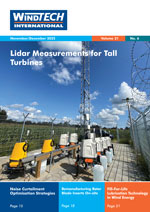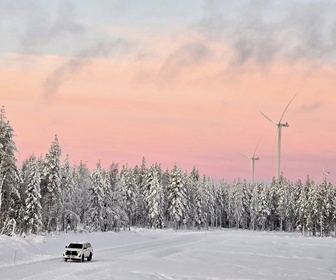New Jersey has released the 2024 Energy Master Plan, presented by Governor Phil Murphy as the State’s updated framework for future energy policy. The report reviews recent progress and sets out recommendations for the next decade aimed at delivering a clean and affordable energy system that meets both demand and supply needs. Work on the plan took place from early 2024 to October 2025 and builds on the 2019 edition. It incorporates newer developments in technology, policy, and programme design.
The plan sets out a flexible framework of strategies intended to remain useful under different future conditions. These include accelerating clean energy deployment across solar, wind, advanced nuclear, green hydrogen, and battery storage to reduce imports, strengthen local generation, and increase diversity. Continued expansion of decarbonisation and efficiency programmes is expected to reduce bills and overall electricity demand.
Grid reliability is a priority, with new regulatory changes intended to improve interconnection for distributed resources. Broader planning and rate structures will need to support a more flexible system, with PJM coordination remaining essential.
Transport electrification efforts continue, supported by incentives, utility involvement, and partnerships. New Jersey is progressing towards its target of 330,000 light-duty electric vehicles by the end of 2025, with 260,000 already in use and more than 5,000 charging ports installed.
Energy affordability and environmental fairness feature strongly, with steps such as expanded bill assistance, time-of-use rate pilots, and reduced upfront costs for efficiency measures, heat pumps, and electric vehicles. Several actions are already in place.
Regional coordination remains important. New Jersey has joined 10 PJM states in forming a PJM Governor’s Collaborative and aims to increase its role in PJM decision-making.
Workforce development is another focus. The green economy workforce has grown by 12 per cent since 2021, with forecasts indicating the need for up to 42,400 additional workers by 2035. Current projects include training hubs, expanded apprenticeships, and support services for trainees in overburdened communities.
The report was prepared by a consulting team from Energy and Environmental Economics (E3), ILLUME Advising, and BW Research.










